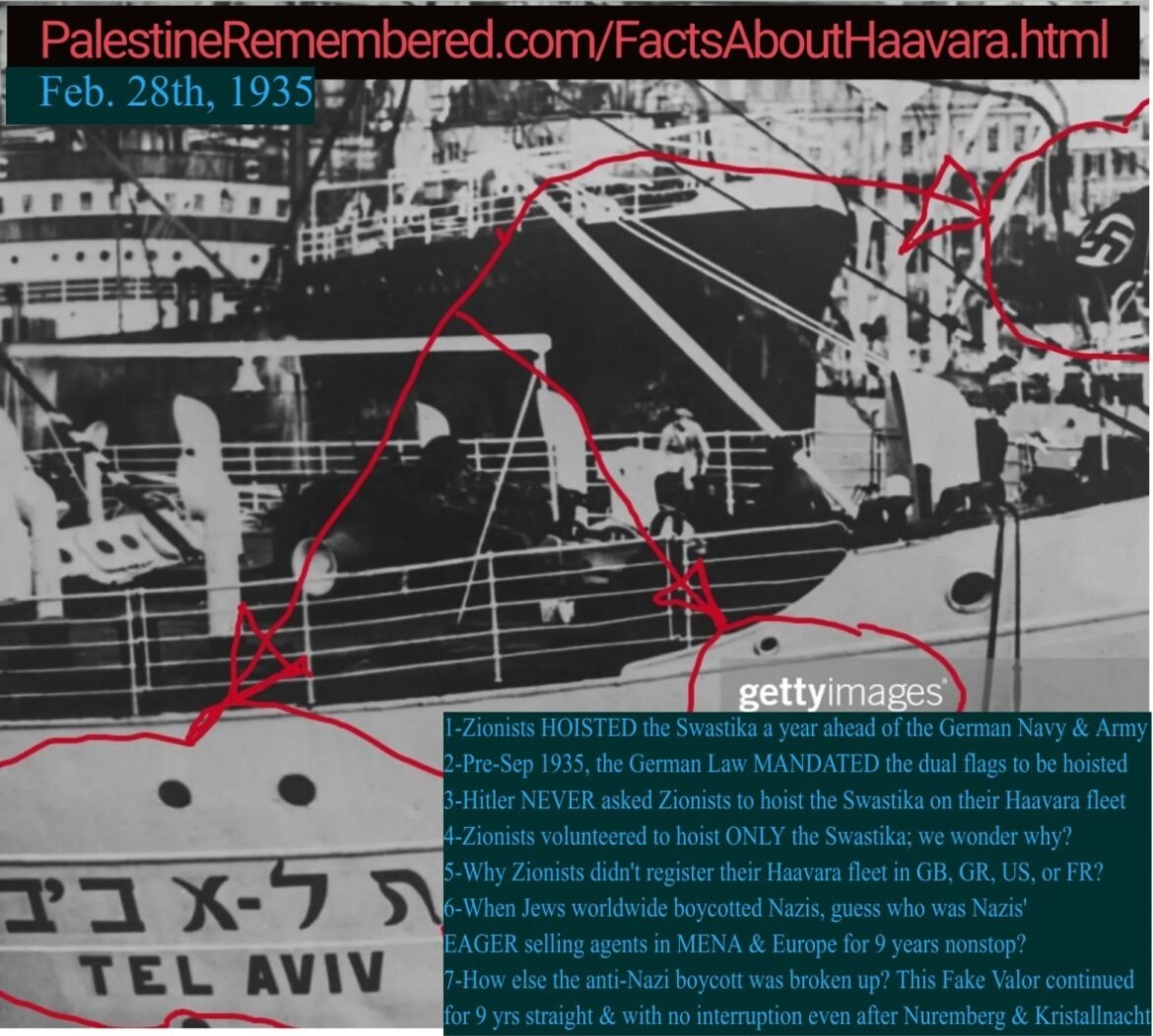Introduction
The Haavara Agreement, also known as the Transfer Agreement or the Ha’avara, was a controversial agreement between Nazi Germany and the Jewish Agency for Palestine, signed on August 25, 1933. The agreement aimed to facilitate the emigration of German Jews to British Mandatory Palestine while enabling them to transfer a portion of their assets. This document, issued by the Haavara company, served as an official entry permit for Jewish individuals seeking to enter Palestine under the agreement’s terms habara agreement .
Background and Context
The rise of Adolf Hitler and the Nazi Party to power in Germany in 1933 marked a dark chapter in history, characterized by the systematic persecution and oppression of Jewish people. As the Nazi regime enacted increasingly discriminatory laws and policies, many German Jews sought to escape the escalating hostility and violence. Seeking a safe haven, they turned to British Mandatory Palestine, the land where they envisioned a future Jewish homeland habara agreement.
The Haavara Agreement: A Double-Edged Sword
The Haavara Agreement, negotiated by the Zionist Federation of Germany, the Anglo-Palestine Bank, and German economic authorities, presented a seemingly promising solution for German Jewish emigrants. It allowed them to transfer a limited portion of their assets to Palestine in exchange for goods manufactured in Germany. This arrangement aimed to protect a fraction of their wealth while simultaneously contributing to the economic development of Palestine.
However, the Haavara Agreement was met with mixed reactions and fierce criticism. While it offered a lifeline for many German Jews seeking escape from Nazi persecution, it also raised concerns about its complicity with the Nazi regime. Critics argued that the agreement indirectly benefited the Nazi economy by promoting German exports and providing the regime with foreign currency.
The Haavara Agreement Entrance Document: A Tangible Reminder of a Complex Era
The Haavara Agreement Entrance Document, issued by the Haavara company, served as an official permit for German Jews seeking to enter Palestine under the agreement’s provisions. This document, often bearing the signatures of both Haavara officials and German authorities, represents a tangible reminder of a complex and controversial chapter in history. It highlights the intricate web of relationships and circumstances that shaped the experiences of German Jews during the Nazi era.
The Impact of the Haavara Agreement: A Legacy of Ambiguity
The Haavara Agreement, while facilitating the emigration of approximately 60,000 German Jews to Palestine, remains a subject of debate and historical scrutiny. While it provided a means of escape for many individuals, its collaboration with the Nazi regime casts a shadow over its legacy. The agreement’s impact on the development of the Jewish community in Palestine and its role in the broader context of Nazi Germany’s policies remain contested issues among historians and scholars.
Conclusion
The Haavara Agreement Germany Entrance Document, a relic of a tumultuous period in history, serves as a poignant reminder of the complex choices and challenges faced by German Jews during the Nazi era. While it offered a path to escape for many, its entanglements with the Nazi regime highlight the moral ambiguities of that time. Understanding the Haavara Agreement requires a nuanced examination of its historical context, its impact on the individuals involved, and its broader implications for the Jewish community and the dynamics of World War II.



